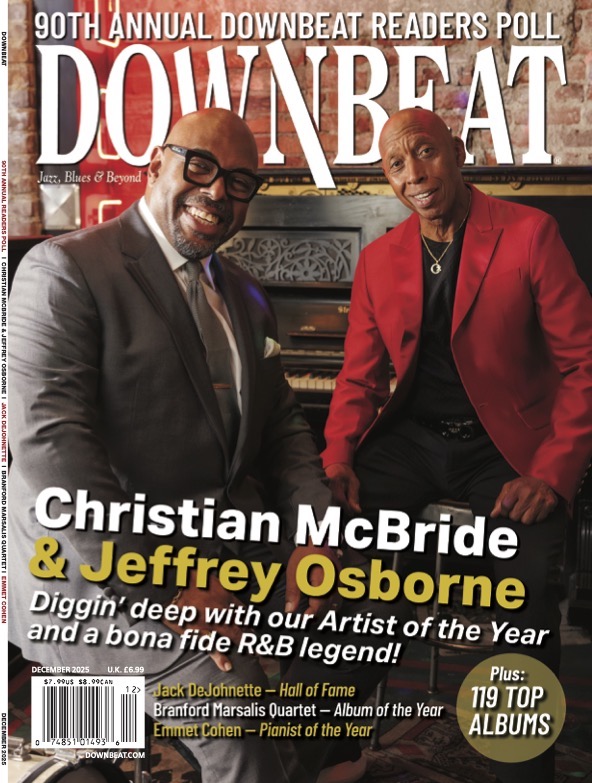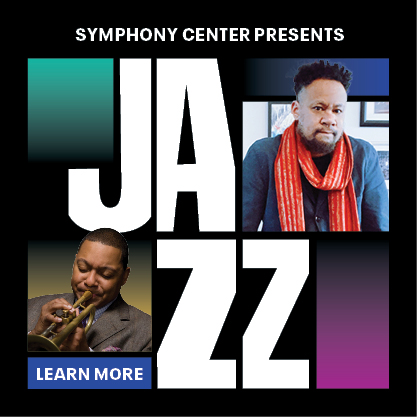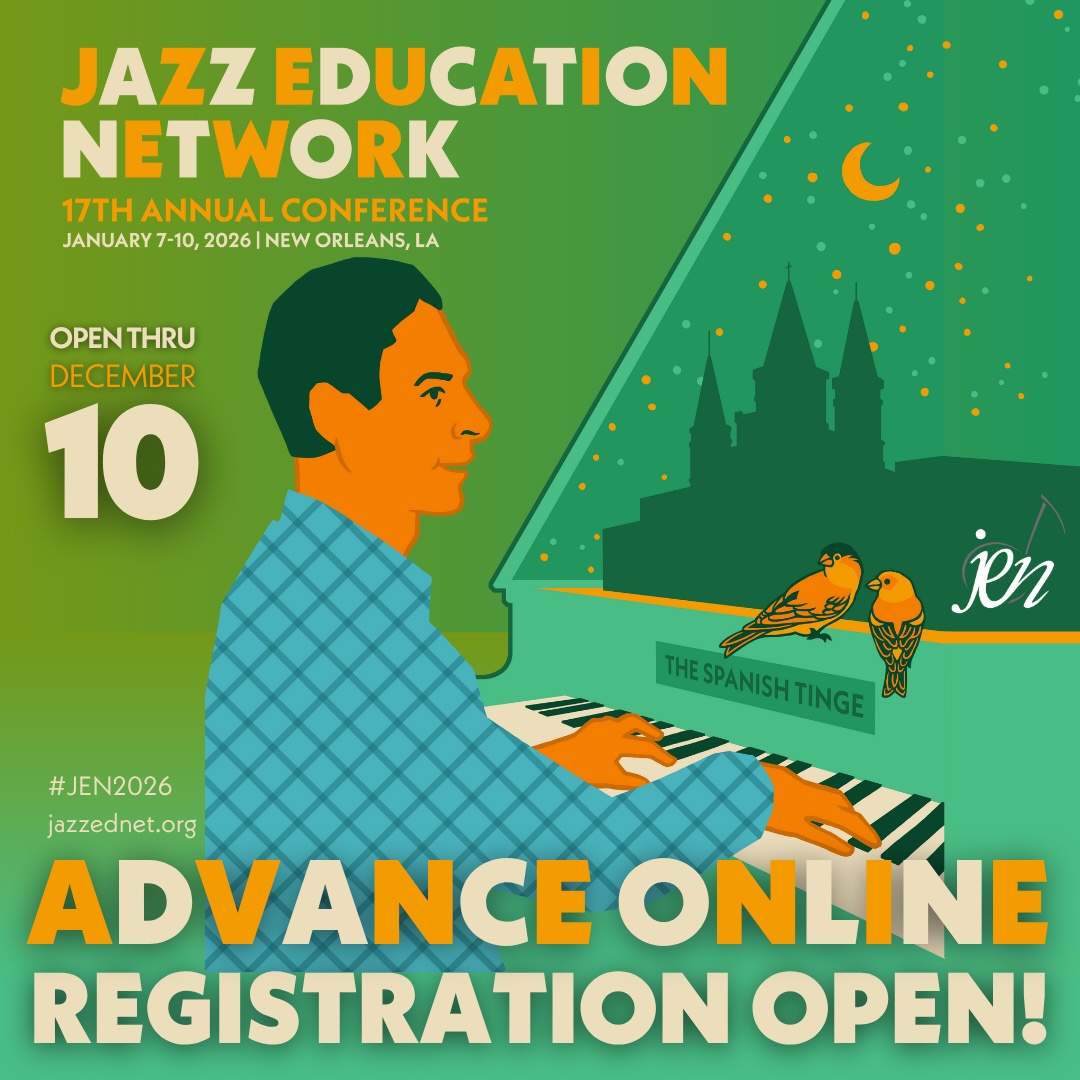Oct 28, 2025 10:47 AM
In Memoriam: Jack DeJohnette, 1942–2025
Jack DeJohnette, a bold and resourceful drummer and NEA Jazz Master who forged a unique vocabulary on the kit over his…
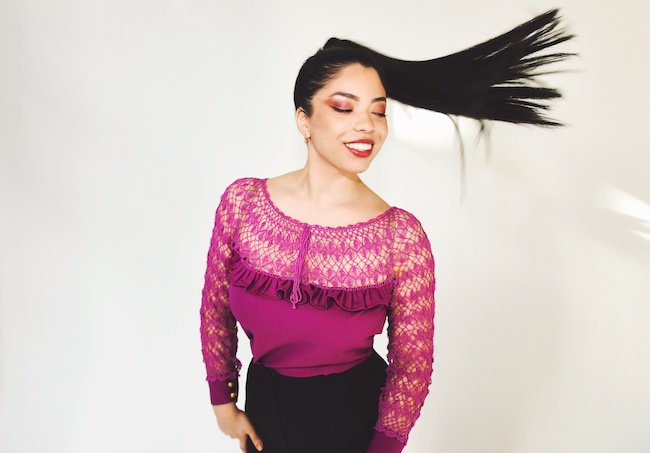
“I eventually want to keep experimenting with being able to add my own granito de arena, my little thing that I can add to it,” says Lucía about her brand of jazz with a Mexican flavor.
(Photo: Shervin Lainez)In March, when asked about how she first encountered jazz, Mexican vocalist Lucía shared that, at first, “I thought it was a coincidence.” But really, for the winner of the 2022 Sarah Vaughan International Jazz Vocal Competition, that chance encounter was more like kismet.
From an early age, the Veracruz-bred artist had sung with her parents in their son jarocho group Son de Madera, but by the age of 13, she began to take singing more seriously and began “searching for a way to approach technique.”
“[At that time], there was the classical school here in Veracruz and a jazz school.” Her parents told her that jazz was closer to the son jarocho tradition. Consequently, from the age of 13, she studied voice at the jazz school of Universidad Veracruzana.
Not long after, she became immersed in the history and traditions of jazz and blues. “I discovered Ella Fitzgerald. And I already knew [of her], I just didn’t know it was jazz. I already had listened to Coltrane because my mom had a CD. I had already listened to Miles to Nina Simone to Billie, but I wasn’t aware that it was a whole thing. So, when I discovered it, I discovered scat singing, and then I just fell in love and it was like, I can’t go back.”
Rapidly, she began to see the connective tissue between jazz and son jarocho musical traditions. Both were born as creoles, both are stitched together from many different cultures: African, indigenous and Spanish among them. “I think I felt very close to the dynamic that the music has and also the surroundings, because [jazz is] about getting together in community,” she explained. “It’s about improvisation. I feel some sort of connection, even though I had never gone to, at that moment, New York or to New Orleans.”
To further illustrate the relationship, she brought up the son jarocho composition “El Toro Zacamandu.” “It sounds completely similar to other African traditional music that we’ve heard in the past. It’s that influence and that connection.”
Additionally, she says, “It’s also mainly about community. It’s like you get together and you put out a tarima, which is a wooden box where you get up, you dance, people surround the tarima, they play, they sing. Also, they make verses in the moment, they improvise.”
Adding to that heady brew of inspiration is the bolero tradition that figured prominently into her childhood. “I was surrounded by Agustin Lara’s repertoire because my mom is such a big fan, Alvaro Carrillo as well, Los Panchos, all of that lineage of musicians and composers.” Toña la Negra, a famous vocalist from Veracruz was also mentioned often during her upbringing. Later, as she began studying the inflections and tone of jazz vocalists like Ella, she also started to study singers from the Bolero tradition.
In recent years, she’s collaborated with a wide variety of artists, including Natalia Lafourcade, Aloe Blacc and the National Jazz Orchestra of Mexico. In 2024, Lucía guested on Alex E. Chávez’s 2024 album Sonorous Present on a heavenly song titled “Catalina,” which was produced by Quetzal Flores of the band Quetzal, a California-based Chicano musician and activist who is also steeped in the son jarocho tradition. When asked about how first he connected to son jarocho music, Quetzal explained, “Son jarocho has been a part of Chicano Music since the ’40s. Maybe earlier. The moment Ritchie Valens coalesced the son with roots African-American (Black) rock in his recording of “La Bamba,” he opened a pathway of expression that has continued to date. For me, playing jarana because I saw the Herrera family and Los Lobos do it wasn’t enough. I needed to know the people who were from the root.”
Quetzal, who is very close friends with Lucía’s father, further relayed that “it was clear Lucía was special from a very early age, but on one family trip to Mexico I heard her sing soul music for the first time in her grandmother’s living room, and I understood that she was going to be a singer.”
Sonorous Present deals in a dizzying array of genres, including son jarocho, ranchera, Cuban batá, psychedelia, huapango, jazz and even spoken word.
And in the case of her debut album, Lucía on La Reserve, a similarly rich kaleidoscope of references are beautifully apparent. She sees the recording as an introduction to her unique voice, as well as an introduction to what has shaped her sensibilities.
Working with Grammy-winning producer Matt Pierson (who also works with Samara Joy), she knew certain songs must be included, such as “La Llorona,” a traditional Oaxacan song, that also has a version in the son jarocho style. “In that version that we recorded, you can hear the lines inspired from both the Oaxacan and Jarocho lyrics,” she said. “It’s like a whole mixture of things.”
She added, “We also wanted to include Latin American songs like “Alfonsina y El Mar” that has also been a very big part of my path as a singer, because, at least in my opinion, if you’re a singer from Latin America, you have to get into Mercedes Sosa, Violeta Parra … all of that lineage.
In terms of jazz lineage, they selected “You Must Believe in Spring,” but naturally put their own spin on it. She noted that the song was “a very meaningful piece because when I was starting to get into jazz, I was having my situations as a human being. And I remember reading the lyrics, thinking, wow, this is a beautiful way to approach this topic, that it’s sometimes you can get depressed, but you must believe that eventually you will get through that.” The album even includes a tune called “Lacy” by contemporary pop star Olivia Rodrigo.
More broadly, the approach to recording Lucía was a sort of magical experiment that both drew from and melded together her varied influences. “How would a jazz ensemble approach a Bolero?” she and Pierson asked each other. “Or how would a singer who has also sung a Latin repertoire, son jarocho, boleros approach a jazz standard. Or how would we approach scat singing on a Latin rhythm or a Latin passage in the arrangement? And that’s what I would say eventually will be the path that I will keep phrasing.”
Ultimately, she says, “I like to view it as a collage of things. And I think I am a very collage-y person. I eventually want to keep experimenting with being able to add my own granito de arena, my little thing that I can add to it.” DB
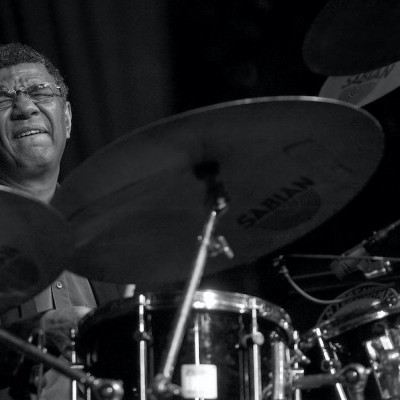
Jack DeJohnette boasted a musical resume that was as long as it was fearsome.
Oct 28, 2025 10:47 AM
Jack DeJohnette, a bold and resourceful drummer and NEA Jazz Master who forged a unique vocabulary on the kit over his…
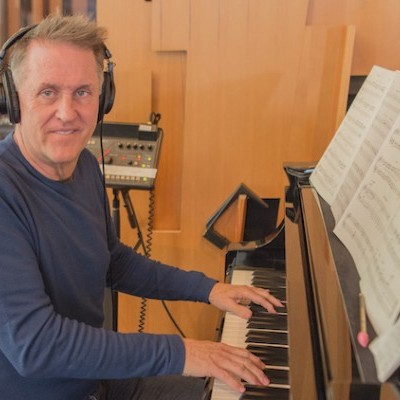
Goodwin was one of the most acclaimed, successful and influential jazz musicians of his generation.
Dec 9, 2025 12:28 PM
Gordon Goodwin, an award-winning saxophonist, pianist, bandleader, composer and arranger, died Dec. 8 in Los Angeles.…

Flea has returned to his first instrument — the trumpet — and assembled a dream band of jazz musicians to record a new album.
Dec 2, 2025 2:01 AM
After a nearly five-decade career as one of his generation’s defining rock bassists, Flea has returned to his first…
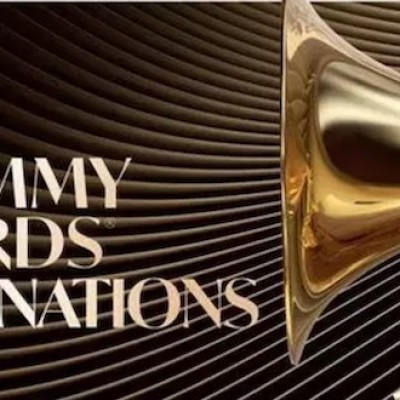
To see the complete list of nominations for the 2026 Grammy Awards, go to grammy.com.
Nov 11, 2025 12:35 PM
The nominations for the 2026 Grammy Awards are in, with plenty to smile about for the worlds of jazz, blues and beyond.…
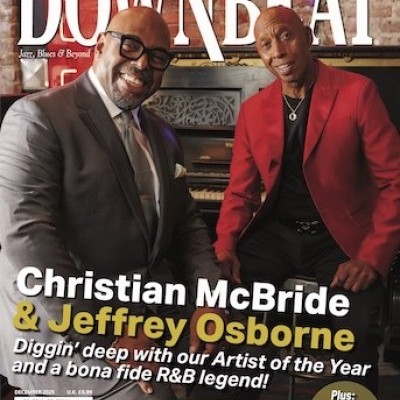
Nov 13, 2025 10:00 AM
For results of DownBeat’s 90th Annual Readers Poll, complete with feature articles from our December 2025 issue,…

